Grants
The Department of ASL & Interpreting Studies (ASLIS) is dedicated to providing quality educational programs to advance the fields of American Sign Language instruction and interpreting. In addition to offering pre-service education, the ASLIS department participates in grants and externally funded projects to support pre-service education and in-service professional development.
Current Endeavor
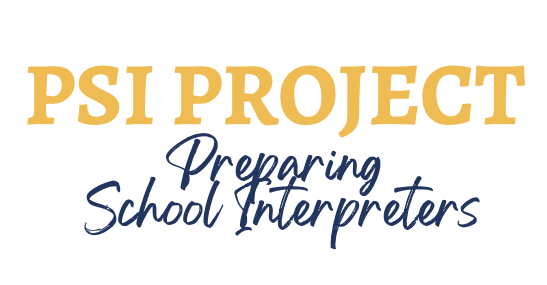
PSI Project: An OSEP Grant
The Preparing School Interpreters (PSI) Project is a five-year (2021-2026), $1.25M award from the U.S. Department of Education, Office of Special Education Program (OSEP: H325K210024).
The PSI Project, under the leadership of Dr. Leilani Johnson and Emily Girardin, provides an expanded interdisciplinary concentration of 16-credits to the University of Northern Colorado’s (UNC) baccalaureate ASL-English Interpretation (ASLEI) program. The goal is to invest in the academic and practical preparation of ASL-English interpreting students, their induction into the educational system through mentoring and communities of learning, and their introduction to the profession as educational interpreters.
Past Endeavors
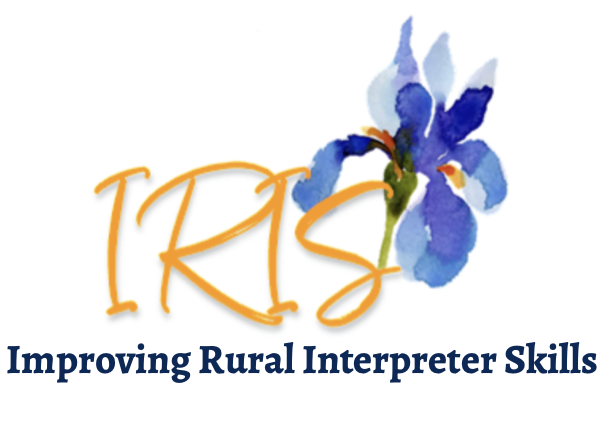
IRIS Project
The Improving Rural Interpreter Skills (IRIS) Project is a $2.1M, five-year interpreter training grant. This grant (#H160D210006) was awarded by the U.S. Department of Education, Rehabilitation Services Administration. The IRIS Project is focused on improving the skills of 80 working interpreters and 20 mentor/facilitators in rural areas of the nation.
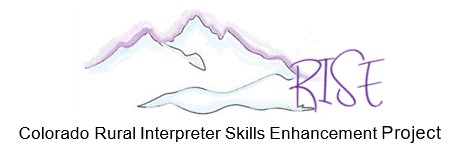
RISE Project
The Colorado Rural Interpreter Skills Enhancement (RISE) Project is a contractual collaboration between the Colorado Commission for the Deaf, Hard of Hearing, and DeafBlind (CCDHHDB) and UNC ASLIS department under the leadership of Susan Brown (UNC ASLIS) and Trish Leakey (CCDHHDB). The goal of this collaboration is to increase the number of qualified interpreters by providing training and an induction period to practitioners working in rural Colorado and support the particitioners’ efforts to obtain a state recognized interpreting certification, e.g., Registry of Interpreters for the Deaf National Interpreter Certification (NIC), Texas Board of Evaluation (BEI) Certification.
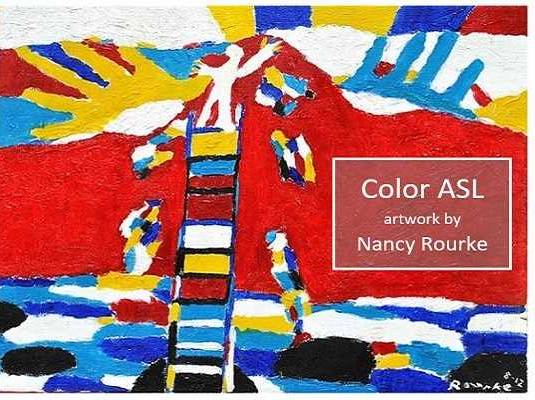
Project CLIMB (2017-2021)
Project CLIMB: Cultivating Legal Interpreters from Minority Backgrounds was a $2M, five year grant which served to increase the number of interpreters of color and/or from heritage signing backgrounds through the creation of career paths for specialization in legal interpreting for practitioners from these underrepresented communities. In addition to providing direct training opportunities to interpreters from underrepresented communities, Project CLIMB served as a rich resource for the larger legal interpreting community by compiling a wide variety of tools, materials, and webinars to support interpreters aspiring to or currently working in legal settings.

RISP (2019-2021)
In 2018, the Colorado General Assembly appropriated funding to the Colorado Commission for the Deaf, Hard of Hearing, and DeafBlind (CCDHHDB) to address shortages in the availability of qualified American Sign Language (ASL) interpreters in rural areas of the state. CCDHHDB partnered with the Department of ASL & Interpreting Studies to develop and implement the RISP Certification Readiness Training pilot. One of the objectives of the funding was to prepare participants for entry-level competencies in ASL-English interpreting and professional certification in Colorado.

OSEP Project (2010-2014)
The U.S. Department of Education, Office of Special Education Programs, awarded a grant (H325K100234: 2010-2104) to UNC. The OSEP Project focused on improving the services of educational interpreters in K-12 settings by identifying and describing patterns that existed within the work of educational interpreters. The overarching goal of the investigation was to better understand the day-to-day practices of educational interpreters in order to better define and implement effective pre- and in-service curricula to prepare and support these service providers as highly qualified members of the educational team.
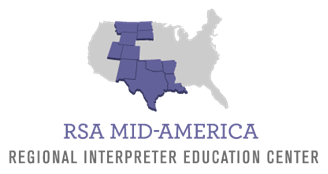
The MARIE Center (2010-2016)
The MARIE Center was funded by the Department of Education and Rehabilitation Service Administration (RSA) grant #H160A100007. The MARIE Center worked with regional and national stakeholders to provide and sponsor activities that increased the number and quality of interpreters able to effectively interpret for consumers of diverse linguistic and cultural backgrounds. Two settings were of particular focus for MARIE:1) interpreters who worked in settings where VR clients were served and 2) interpreters who worked in legal settings. MARIE was committed to increasing the Deaf Community’s ability to effectively obtain and utilize interpreters through the provision of peer-based, self-advocacy training.
Questions? Contact Us!
Barbara Garrett
Chair and Professor
